Isfahan owes its fame to Naghsh-e Jahan Square. From the first European visitors during the Safavid era, many tourists wrote about this square and encouraged others to see it. These compliments aren’t unreasonable. There are four historical attractions in this square, all of which represent a time that Iran started developing.
Naghsh-e Jahan Square of Isfahan has always had different names. It was first named as Shah Square. It was recorded in the World Heritage List with the same title and after the Islamic Revolution of Iran in 1979 was changed to Imam Square. Today it is called Imam Square in Government documents but most of the people and the tourists call it Naghsh-e Jahan Square.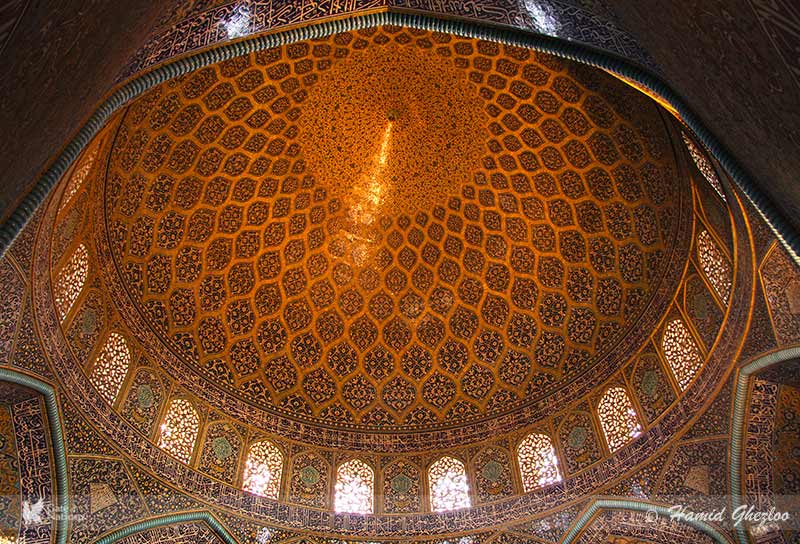

Naghsh-e Jahan square was first a garden that got its name from Nakhichevan (located in Azerbaijan country) and was called Naghsh-e Jahan in the Safavid era and the name stayed on it. This square changed through its history and many buildings were made around it and were destroyed. Today only four buildings of Shah Mosque (or Imam Mosque), Sheikh Lotfollah Mosque, Ali Qapu Palace and the Portal of Qeysarieh Bazaar remain. In the Timurid Dynasty, Naghsh-e Jahan square was a big garden and in the Seljuq period, a part of this garden was called Kooshk (pavilion) Square. Shah Abbas I, established the primary form of the present square that didn’t change much during the Safavid era. But during the reign of Suleiman Shah and Shah Sultan Hussein of the Safavid Dynasty, the square gradually lost its importance. In the Qajar period, this neglect continued and even parts of it were destructed. However, the upkeep of this historical square again started from the first king of the Pahlavi Dynasty and has continued to the present.
Around Naghsh-e Jahan square chambers were made for trade and now are mostly used as handicraft shops. This square was also used for games like Polo and Mile Ghopogh (a kind of archery on horseback). The goals of Polo still exist in the northern and southern sides of the square. Of other buildings of this square was a European style clock tower. It was also the site for military parade and performance and it is said that Safavid kings used to sit in the main courtyard of Ali Qapu Palace and watch Polo Game or military parade.
- Visit hours: 24 hours
- Visit days: 7 days
- Admittance: Free
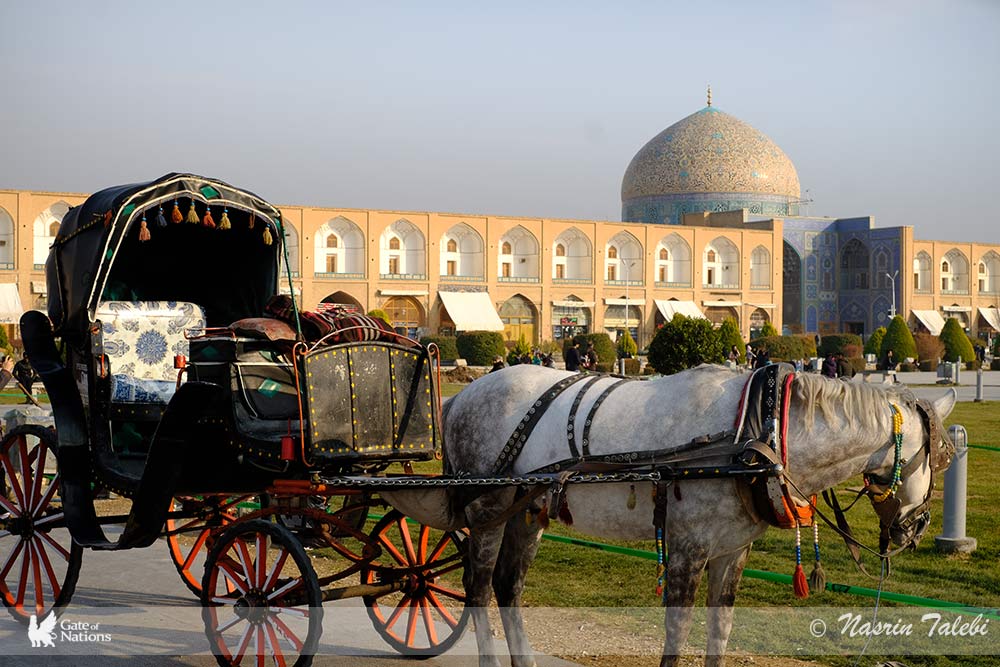

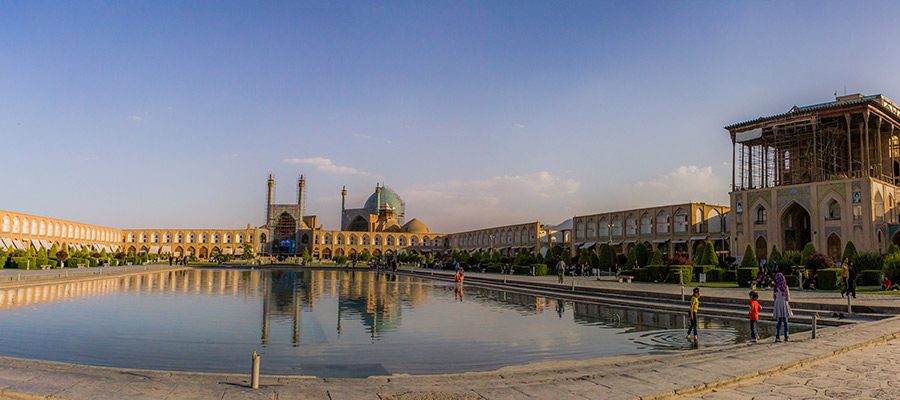
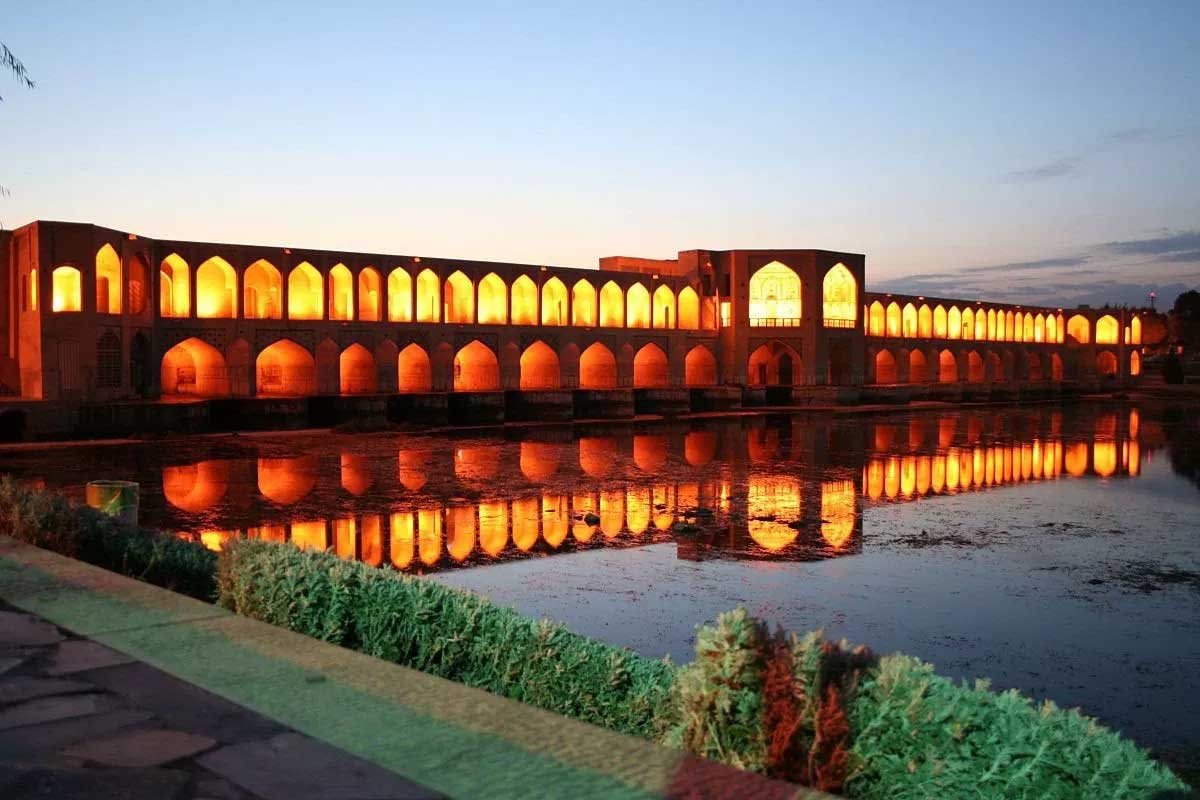
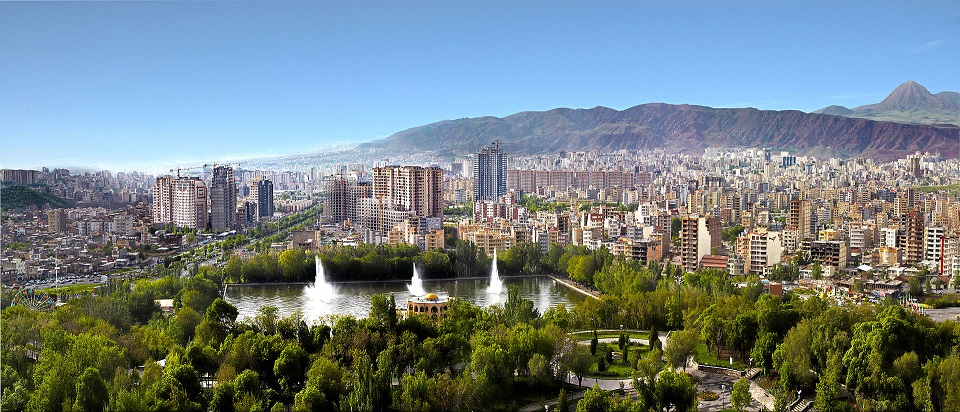
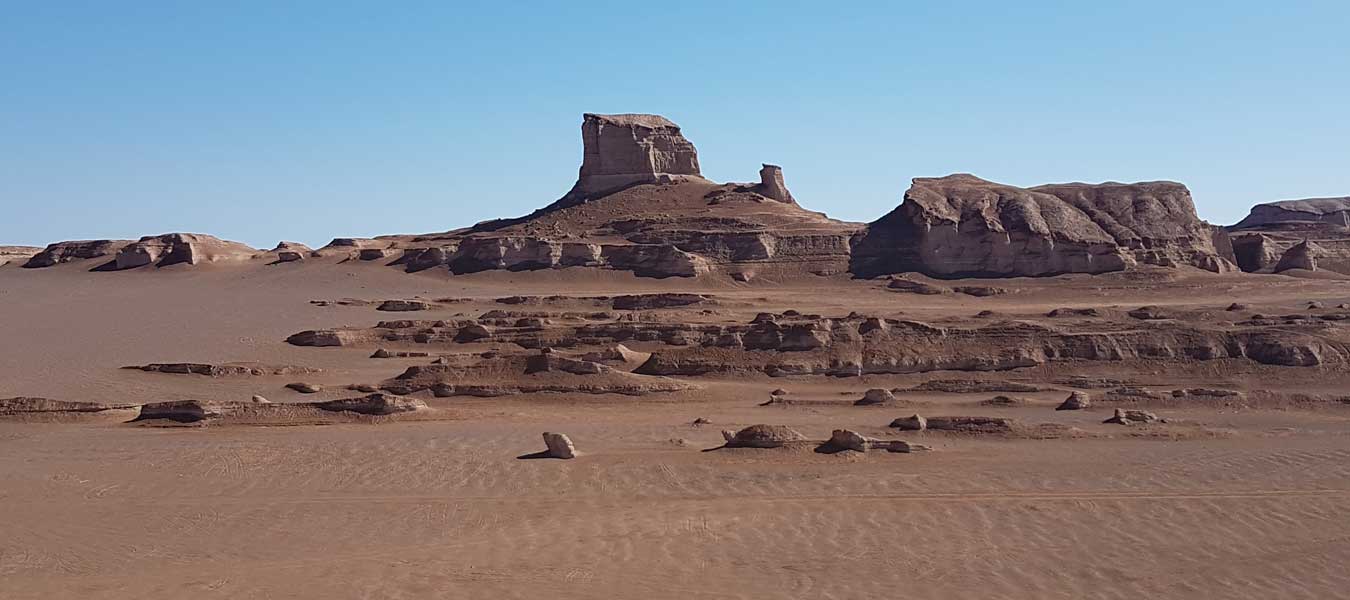

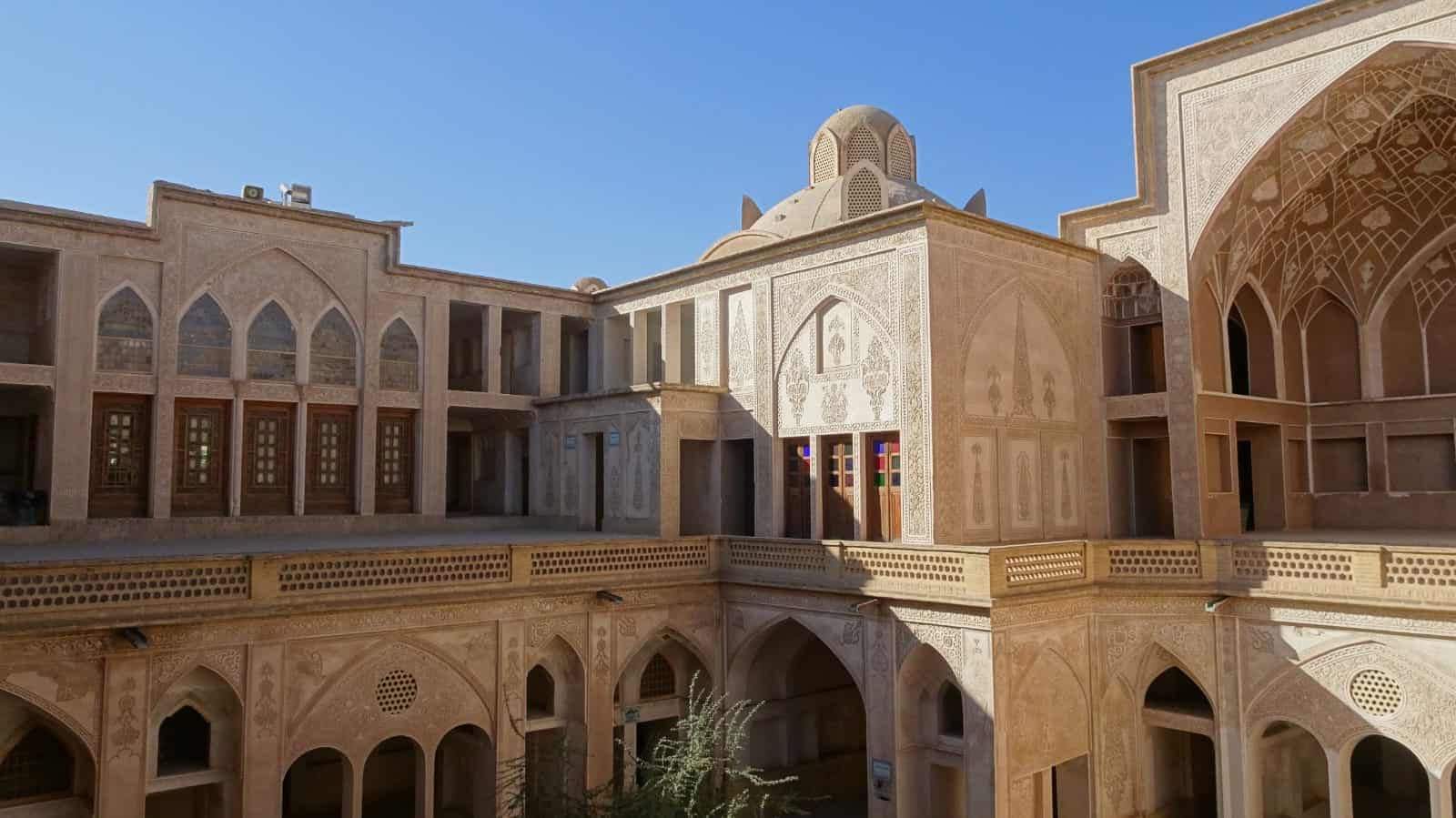
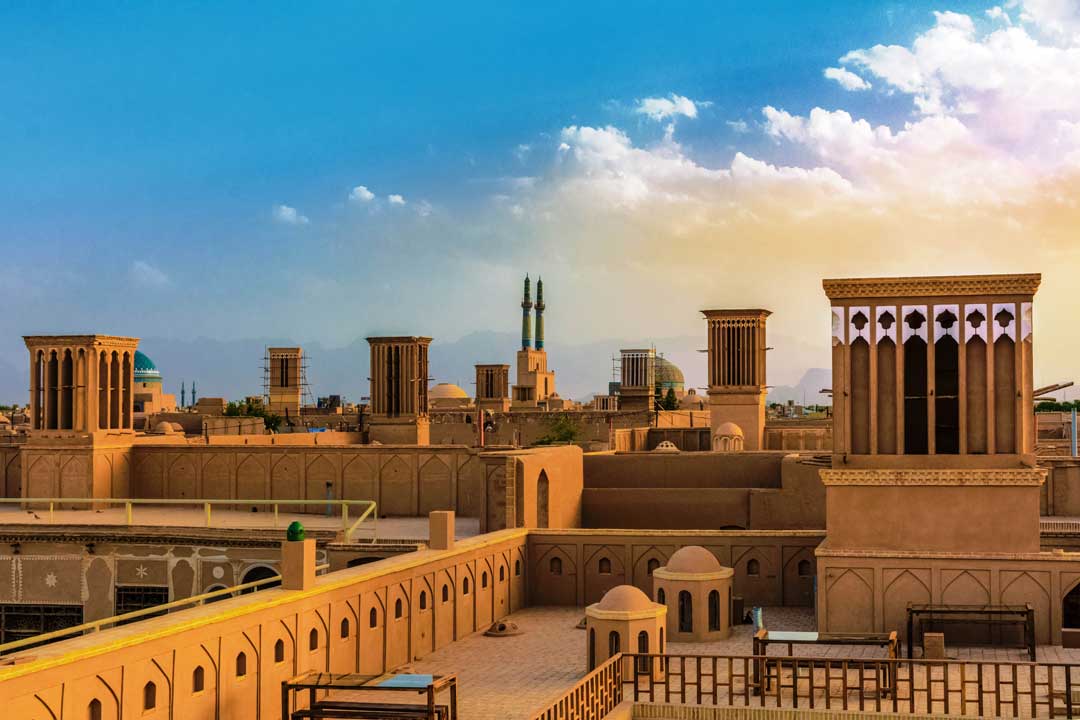
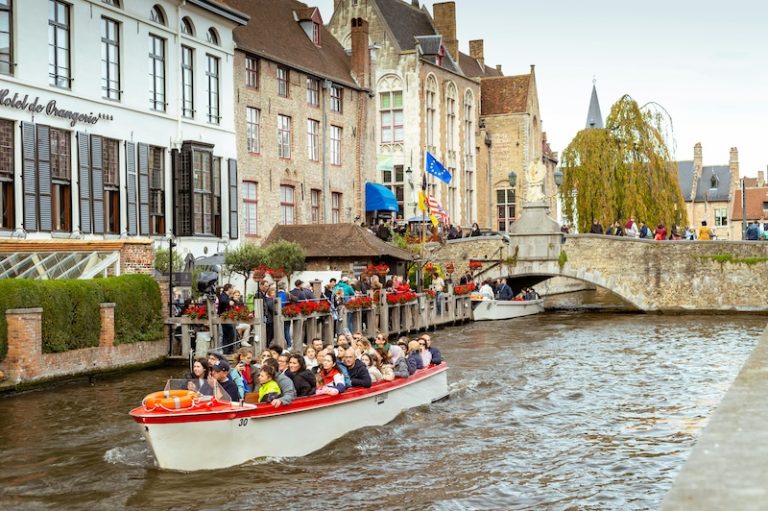

Leave a reply